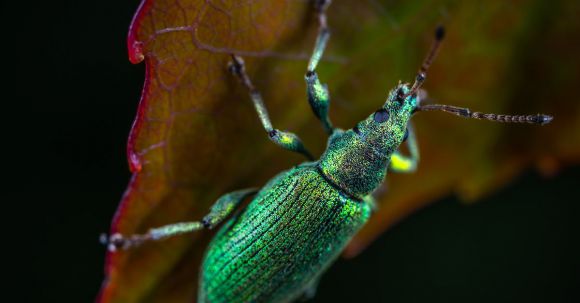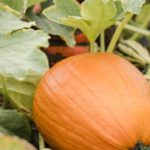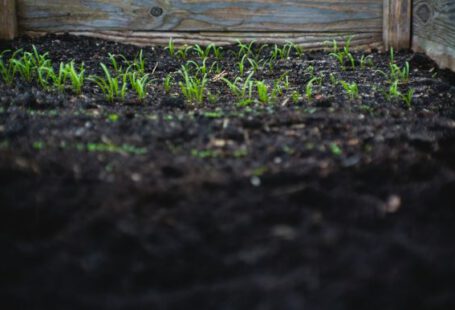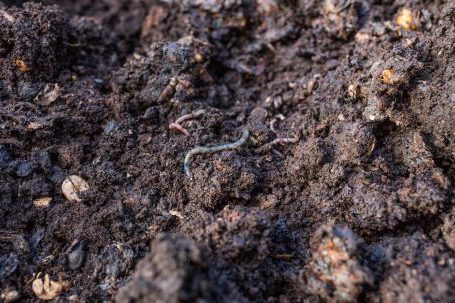Maintaining a beautiful and thriving garden can be a rewarding experience, but it often comes with its fair share of challenges. One of the most common challenges faced by gardeners is dealing with pests. These tiny invaders can wreak havoc on your plants, causing damage and even leading to their demise. However, with the right knowledge and strategies, you can identify and control common garden pests effectively. In this article, we will explore some of the most common garden pests and provide tips on how to keep them at bay.
Aphids: The Tiny Plant Suckers
Aphids are small, pear-shaped insects that can be found in a variety of colors, including green, brown, and black. They feed on the sap of plants by piercing them with their mouthparts, causing leaves to curl and turn yellow. To identify aphids, look for clusters of small insects on the undersides of leaves or on the stems of plants. To control aphids, you can try spraying a mixture of water and dish soap on the affected plants or introducing natural predators like ladybugs or lacewings.
Snails and Slugs: The Slimy Leaf Eaters
Snails and slugs are notorious for their appetite for plant leaves. They leave behind a slimy trail as they make their way through your garden, causing damage to your plants. To identify snails and slugs, look for their telltale slime trails and the ragged edges of leaves. To control these pests, you can create barriers around your plants using materials like copper tape or crushed eggshells. You can also set up beer traps by burying containers in the ground and filling them with beer, which will attract and drown these pests.
Caterpillars: The Leaf Munchers
Caterpillars are the larval stage of butterflies and moths, and while they may be beautiful as adults, they can wreak havoc on your plants as caterpillars. To identify caterpillars, look for chewed leaves and small droppings called frass. To control caterpillars, you can manually remove them from your plants and relocate them to a different area. You can also use organic insecticides that specifically target caterpillars, such as Bacillus thuringiensis (BT).
Spider Mites: The Web Spinners
Spider mites are tiny pests that can be difficult to see with the naked eye, but their presence can be detected by the fine webbing they produce on plants. They feed on the sap of plants, causing leaves to turn yellow and develop a stippled appearance. To control spider mites, you can spray your plants with a mixture of water and neem oil or introduce natural predators like predatory mites or ladybugs.
Conclusion: Taking Back Control of Your Garden
Dealing with garden pests can be a frustrating task, but with the right knowledge and strategies, you can effectively identify and control them. By closely observing your plants and being vigilant for any signs of pest infestation, you can take action early and prevent further damage. Remember to use organic and environmentally friendly methods whenever possible, as they are safer for your plants and beneficial insects. With patience and perseverance, you can create a pest-free garden that thrives and brings you joy for years to come.





